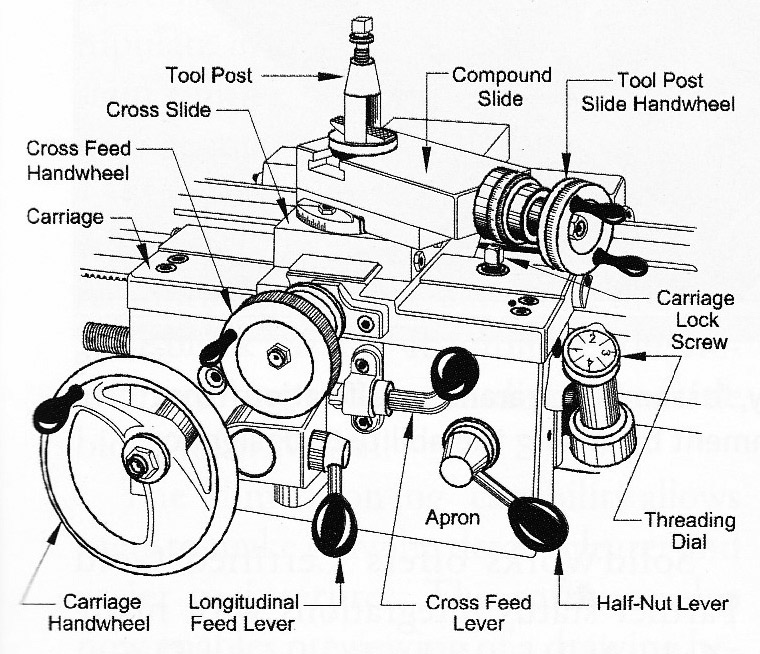Luke Rickert
Hot Rolled
- Joined
- Oct 24, 2007
- Location
- OSLO
I am shopping for a DRO for my schaublin 135 but this question is more general.
Is it worth the trouble to mount a third scale for the compound slide on a moderate size lathe? The cost difference isn't massive, but the install isn't super straightforward. I haven't used a lathe with such a set up but I know it is done. Seems like it might be nice given how coarse the main z axis is but I am not sure about that.
Thanks
Luke
Is it worth the trouble to mount a third scale for the compound slide on a moderate size lathe? The cost difference isn't massive, but the install isn't super straightforward. I haven't used a lathe with such a set up but I know it is done. Seems like it might be nice given how coarse the main z axis is but I am not sure about that.
Thanks
Luke






